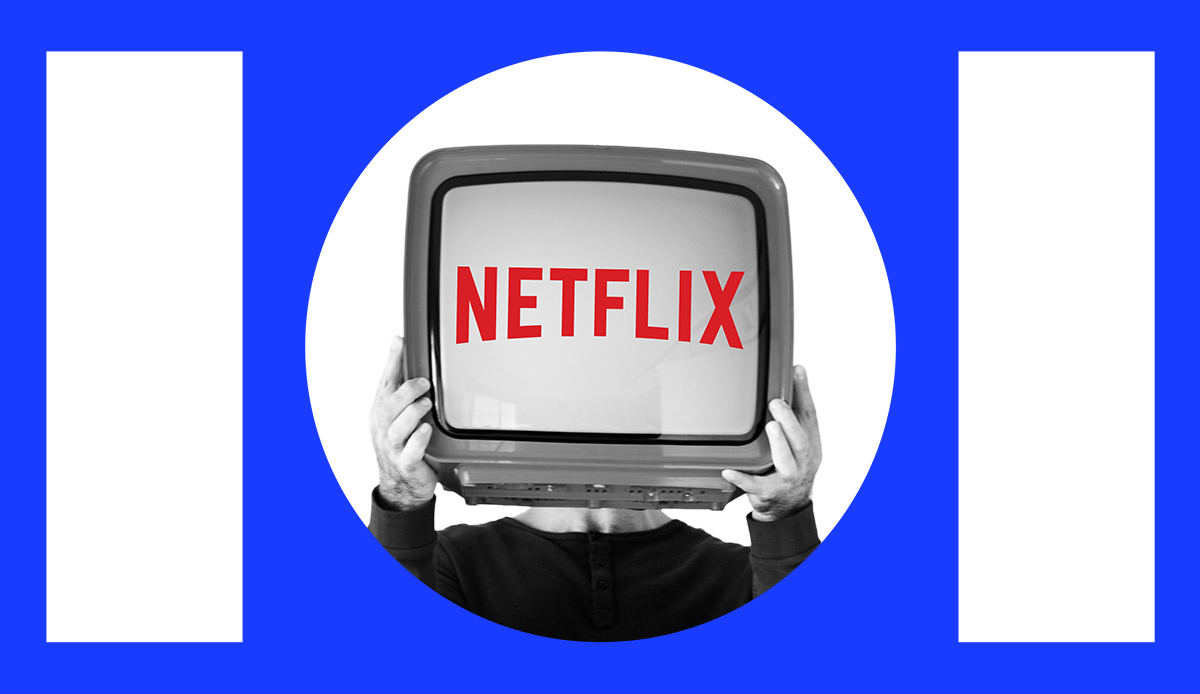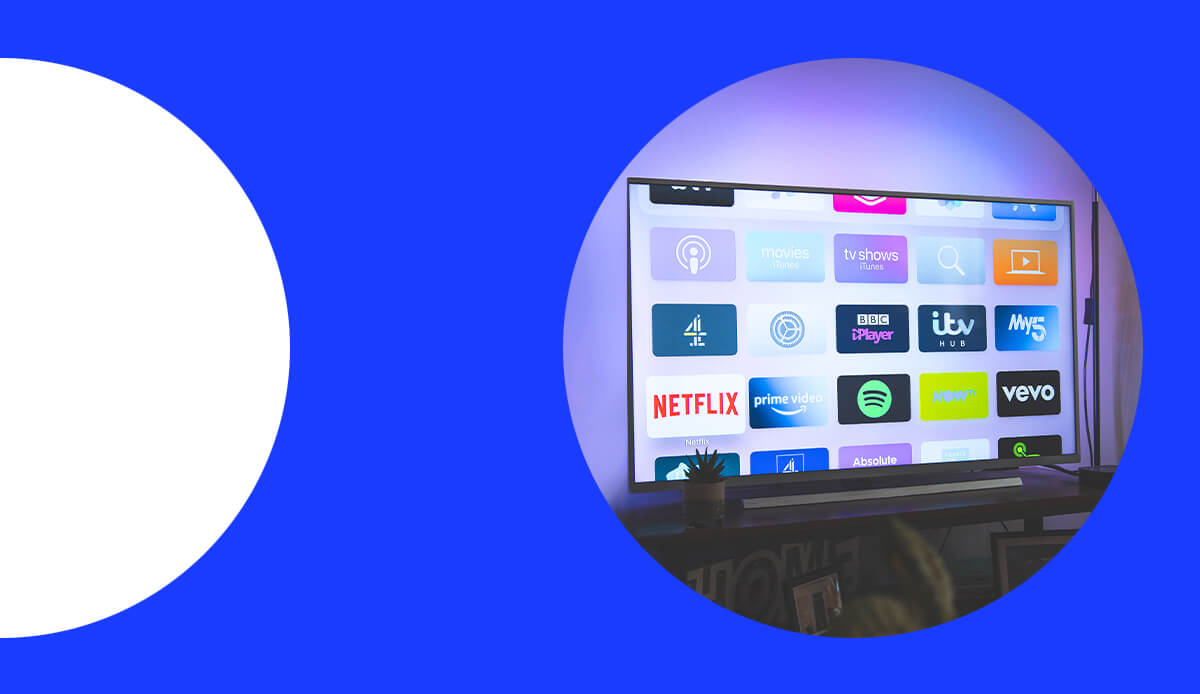CTV advertising is about to go through seismic change.

Here’s what you need to know
By Megan Price, Programmatic Supervisor
The recent news that Netflix inventory will be available on DV360, Magnite, and The Trade Desk underlines how much Connected TV (CTV) has surged in recent years. Thanks to the widespread availability of smart TVs and streaming services, CTV has reshaped viewer habits and advertiser strategies. In the U.S., CTV stands out as the fastest-growing advertising platform, expected to increase by 22.4% and reach a total ad spend of $30.10 billion by 2024.
However, the exponential growth of CTV has not been without challenges and frustration for marketers. The growing number of streaming services and CTV operating systems providing ad tech has caused significant fragmentation in the market by operating as quasi-walled gardens, spurred on by the introduction of ad-supported subscription tiers through the likes of Netflix and Disney. Fragmentation leads to budget siloes which affects speed, effectiveness, and ability to optimize across CTV providers when compared to programmatic planning and buying.
Fragmentation has also forced marketers to predominantly rely on multiple direct partnerships to leverage specific placements and audiences, thus splitting up advertising budgets against each streaming service and operating system to achieve widespread reach. This causes silos with media budgets, rendering advertisers unable to move investment around as freely as programmatic buying due to commitments with each CTV provider.
It seems that the industry has reached breaking point, and the walled gardens are coming down slowly but surely. First, DV360 announced tie-ups with Disney, Paramount, NBC, and more. Then Roku announced a partnership with The Trade Desk. Most recently, at their Upfronts, Netflix announced they were expanding their programmatic roster, no longer only being able to buy through Microsoft’s Xandr.
The recent moves made by these key players point to a seismic shift in the market, paving the way for the future. This opening up of the CTV market is overdue and welcome news, as it reduces barriers to entry for marketers and increases transparency and competition.
Importantly, with the impending loss of third-party cookies, tapping into inventory more than one way provides the capability to benefit from different targeting approaches and offers a greater chance of success through this flexibility. There is a strength in numbers.
Innovation is wonderful and keeps everyone on their toes, but movements as big as these can sometimes be overwhelming. How can marketers keep up with the pace and continue to utilize CTV in the most effective way?
Three key tips to help you plan CTV:
- Keep your key marketing objective front of mind. Where does CTV fit into this objective? Leverage this channel to ensure it brings incremental value to the existing marketing mix. Don’t just do it to follow the trend.
- Have an informed audience-first approach—Test and learn different audience tactics. Use first-party data to convert audiences to understand the audience you want to reach. Leverage DSP’s look-a-like audience capabilities to reduce wasted budget. Consider how CTV can collaborate with other devices through the use of identity graphs for an omnichannel audience approach.
- Analyze with intent—CTV has made leaps and bounds with measurement, and now, with a wealth of different metrics to examine, it’s easy to get lost in the noise. Your measurement strategy needs to be clear prior to launch, realistic, and aligned with your marketing objectives.
The core advantage of inventory opening up for marketers is the ability to have a truly unified full-funnel marketing campaign, allowing your branding and performance to work off each other seamlessly. The advantage of working with a team such as M&C Saatchi Performance is access to specialists that can leverage omnichannel DSPs to activate full-funnel campaigns, using data to inform the best split between branding/acquisition, targeting, and channels to reach client goals.
There have been many changes and advancements over the last few years, but one thing is clear: Connected TV as a marketing channel is here to stay.
Interested in finding out how we achieve Connected TV results for clients?
Further Reading
The CTV Playbook for Mobile Marketers

